A city with a fine ‘Atlantic Wave’
The ‘Onda Atlántica’ footbridge in Las Palmas de Gran Canaria will connect the port area with the Port Market, Las Canteras beach and La Isleta.
The city of Las Palmas de Gran Canaria is gearing up for the unveiling of its latest urban landmark, in the form of a footbridge, inspired by the naval industry which will carry the name of ‘Onda Atlántica’. It will improve connections between the Port and the city centre by joining the Sanapú Harbour directly with the emblematic Mercado del Puerto, or Port Market, the area around Las Canteras Beach and the popular district of La Isleta, one of the most characteristic areas of the capital.
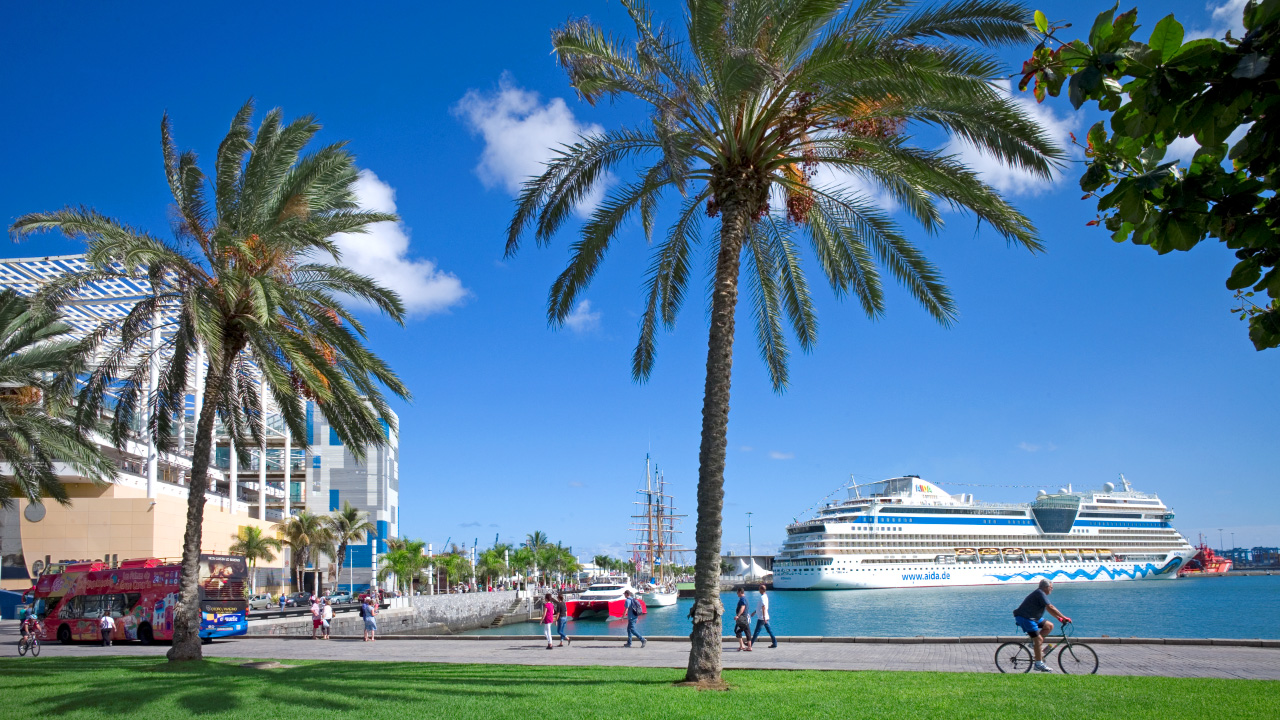
The footbridge will be a permanent gateway for tourists coming off the cruise ships and will provide quick access to the area around the Port Market, one of the most highly regarded of its kind in Spain thanks to its culinary range, the beach and the bustling web of streets around La Isleta. It will also provide pedestrian access to one of Las Palmas de Gran Canaria’s essential hotspots and the site for its main tourist attraction, the Poema del Mar Aquarium, plus other places of leisure and entertainment.
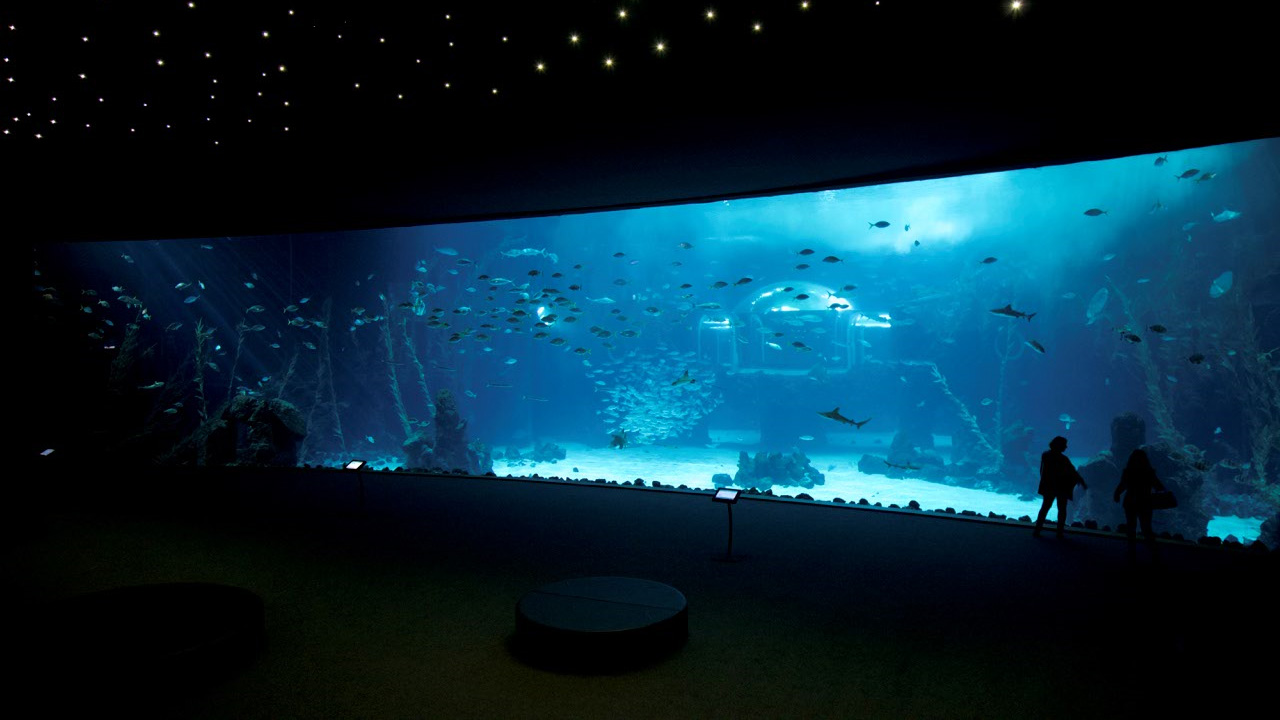
The project has benefitted from the backing of the Town Hall of Las Palmas de Gran Canaria and is designed by the winners of a public competition, the architect team of Javier Haddad and Ramón Checa. It will consist of a striking yet functional pedestrian walkway set out in a long curve, covering nearly three hundred metres in length. The structure will connect Plaza Alcalde Manolo García, situated next to the Port Market, to the north end of the Sanapú Harbour, and will rise up over the motorway that links the capital to the south of the island.
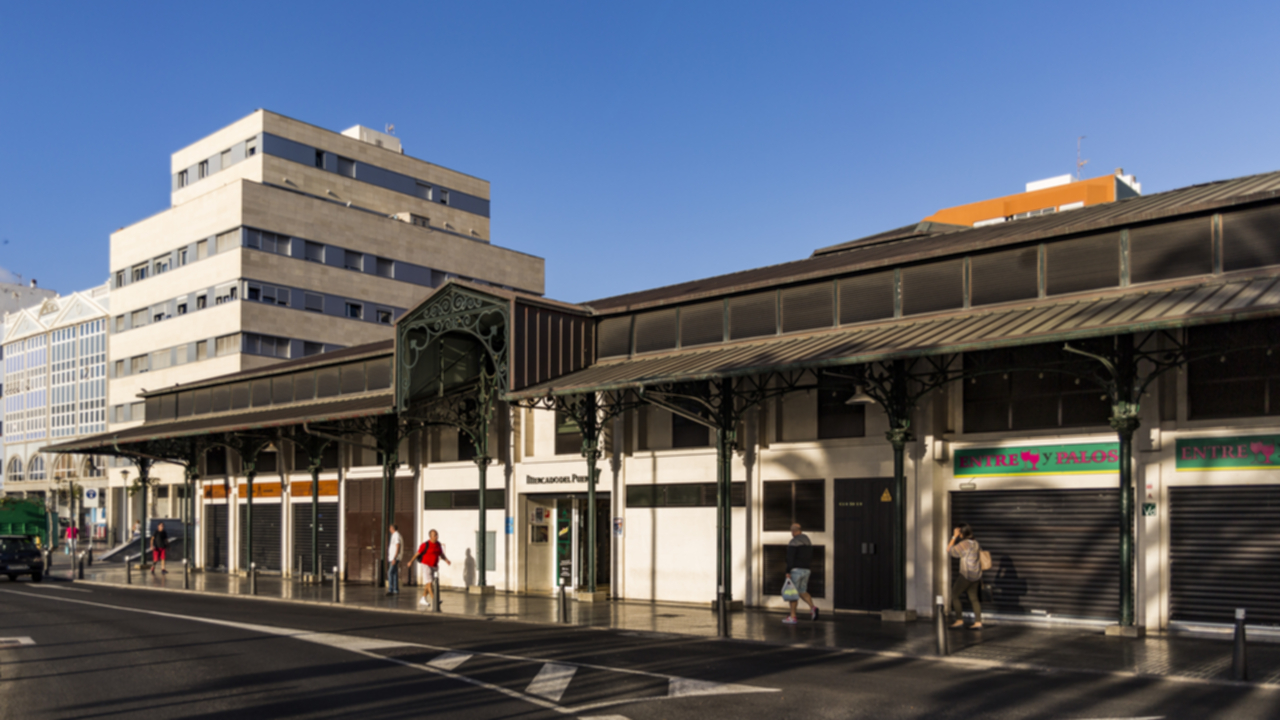
The footbridge will be built over a metalic structure, and will be lined with a steel coating, together with a concrete slab which will provide the solid foundation for the whole structure. The walkway will cover a surface area of some 1,800 square metres and will be over six metres wide, three of which can be walked on, and will stand over three metres in height.
The bridge will actually reach a maximum height of 5.5 metres at its highest point over the motorway. One hundred metres of solar panels will run along it which will provide the necessary power to charge the low consumption LED lighting to be placed along the whole bridge.
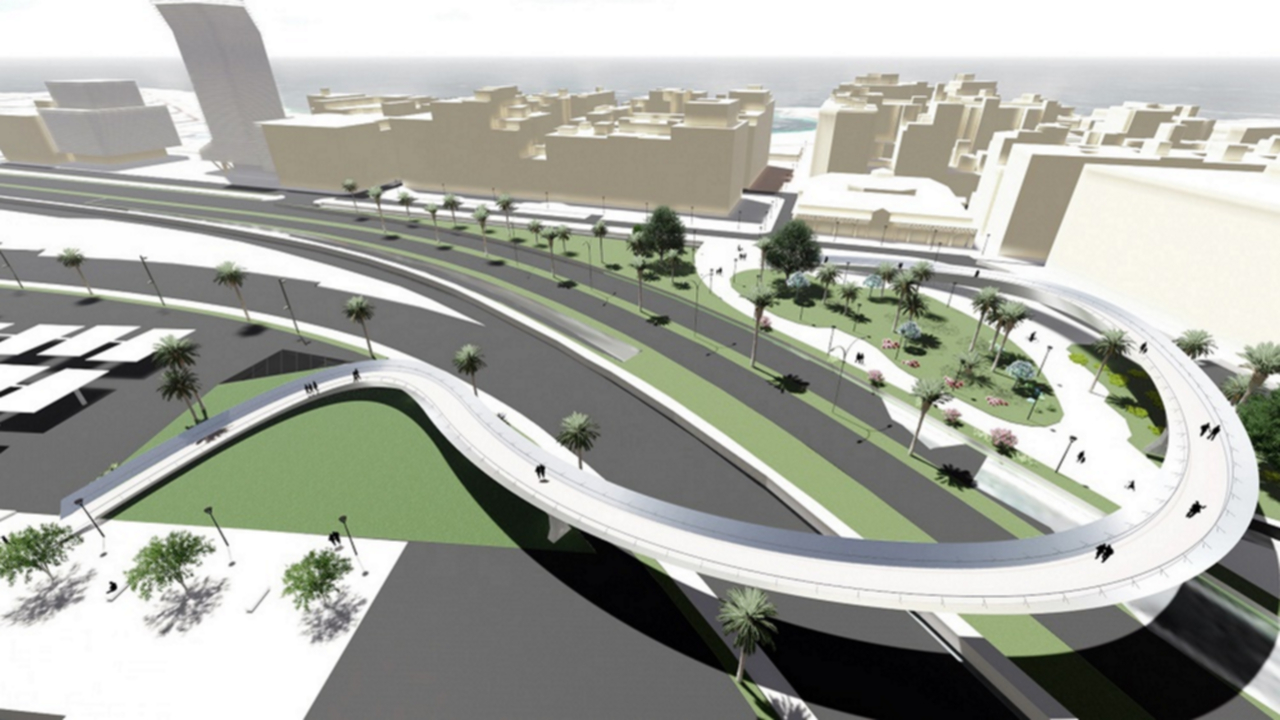
The basic structure will therefore feature just five supporting pillars along it, two embedded cement pilasters and three ‘Y’ shaped cement posts, which will have the appearance of cradles used to hold up boats when they are moored on dry dock. The footbridge’s surface will provide access for pedestrians and cyclists, and will be on a six percent slope, allowing for straightforward access.
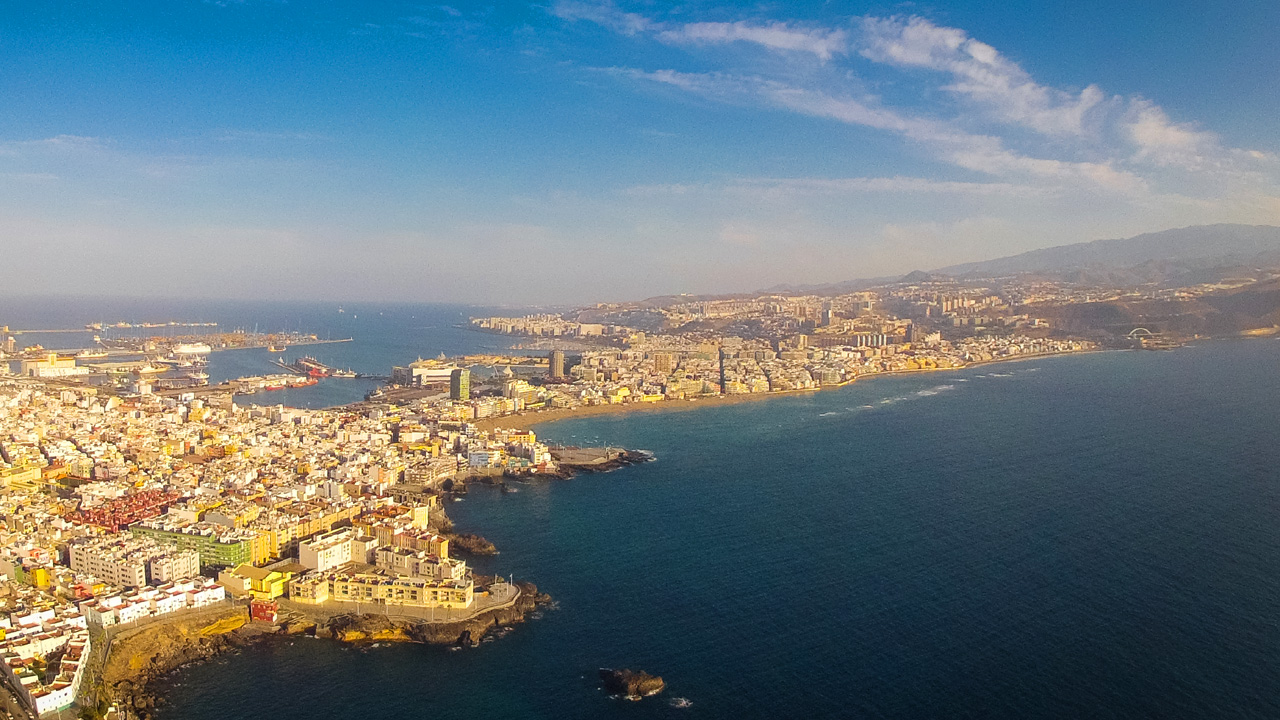
The designers of the project opted for an idea inspired by the naval industry, although they ruled out using screws and bolts, instead going for steel as the main material in the structure. The total budget allocated for the project was 2,387,482, euros, and it was financed by the Canaries Development Fund (FDCAN).
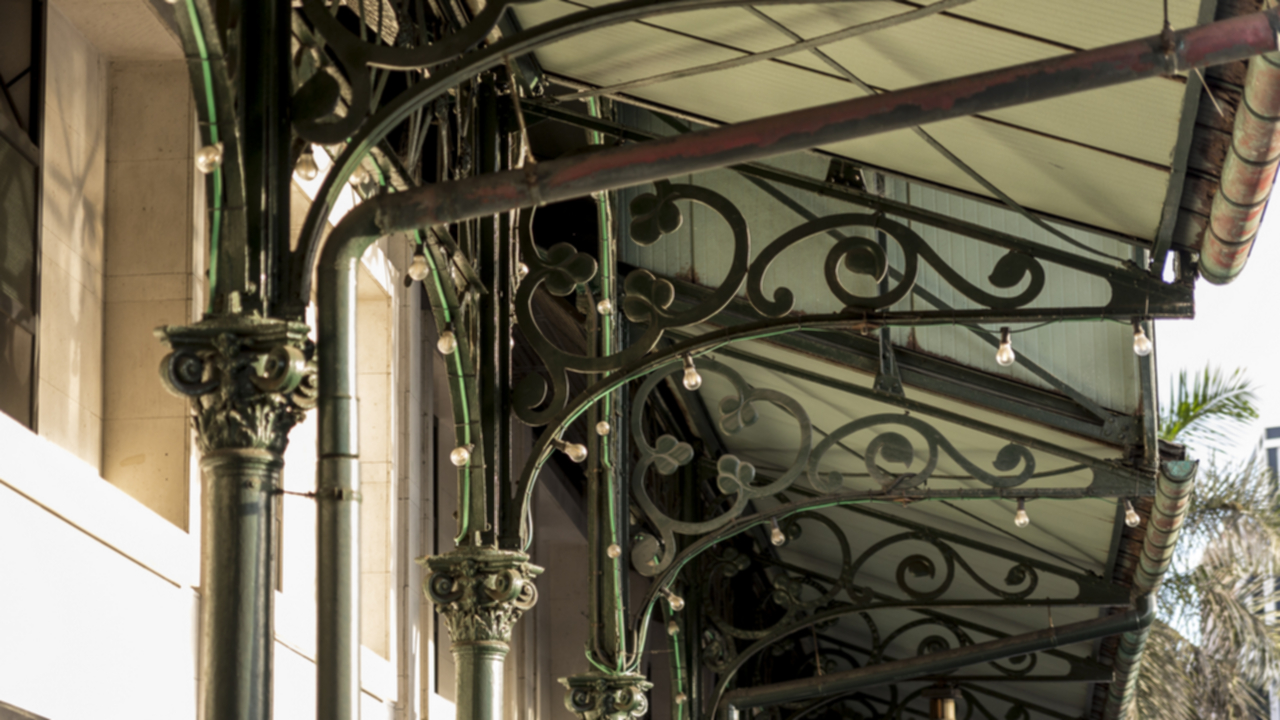
The modern design of the footbridge will fit in with the city’s architectural style alongside the modernist cast iron structure of the nearby Port Market, which was designed and executed by technicians from the French company Eiffel in 1891. It will also sit alongside the colourful houses in La Isleta, representing the warmth of the Port area, to which the city owes its open, multicultural and cosmopolitan character to a large extent.

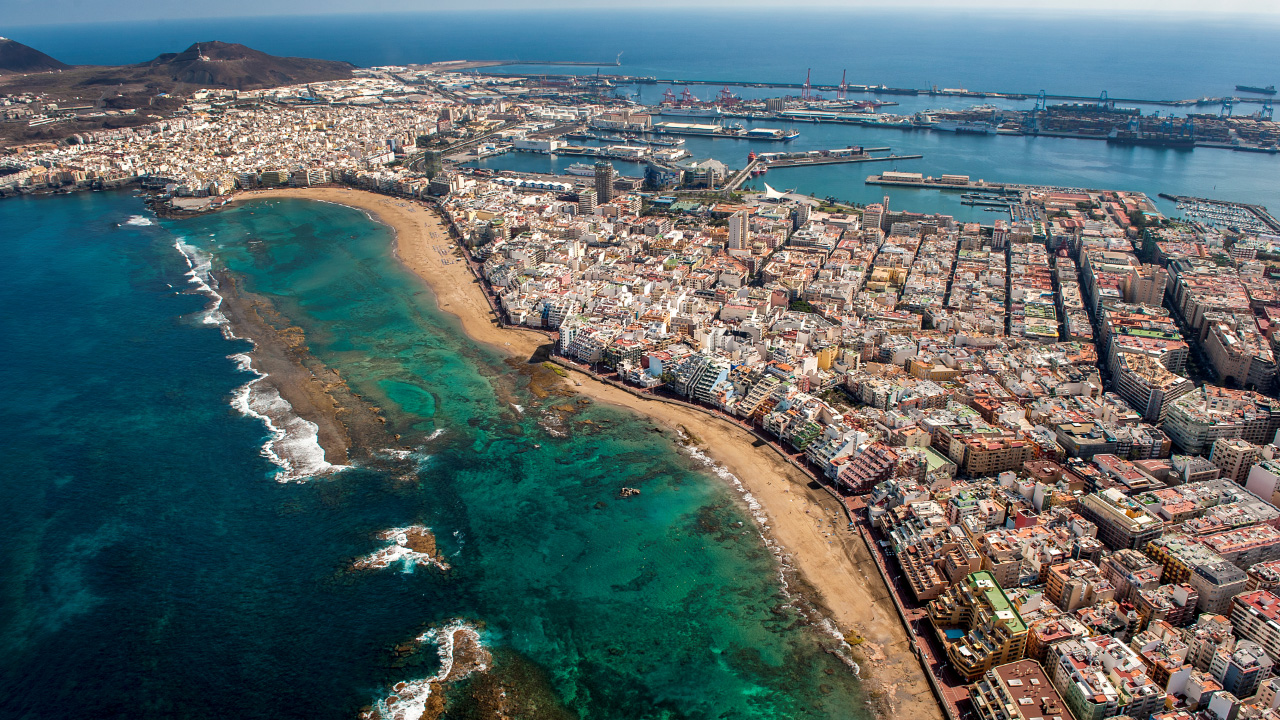
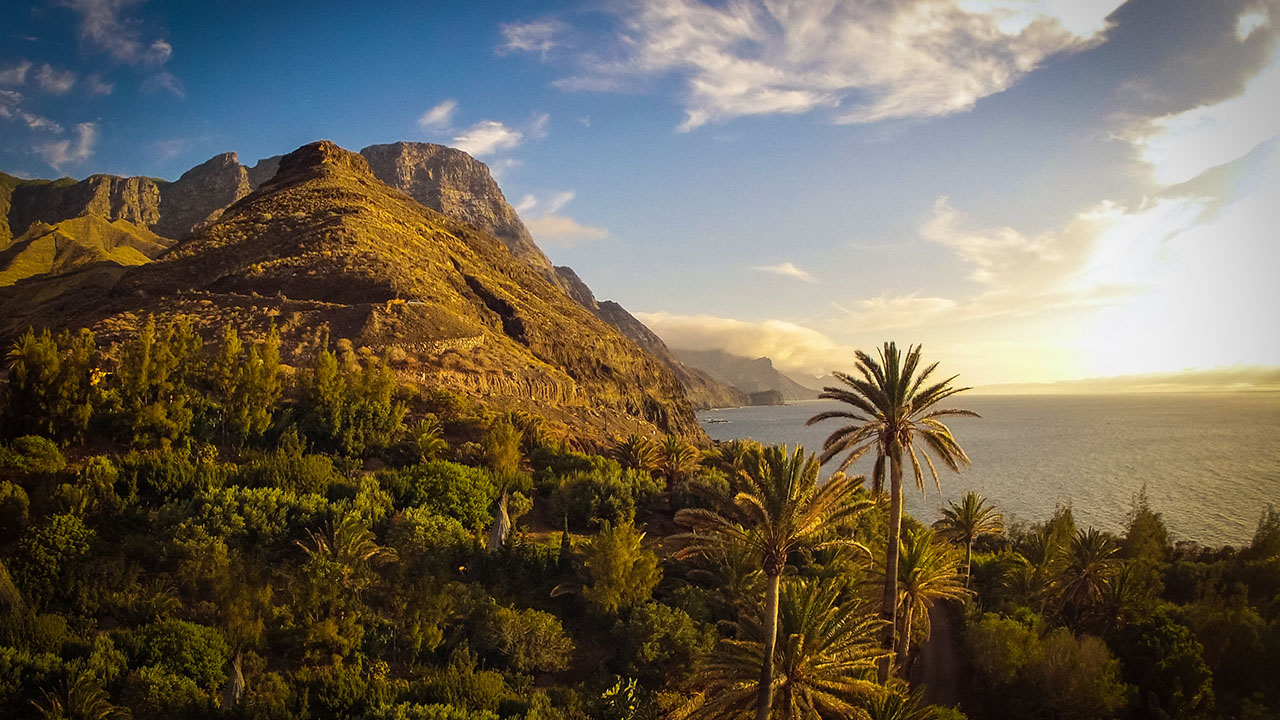

Comments are disabled for this post.